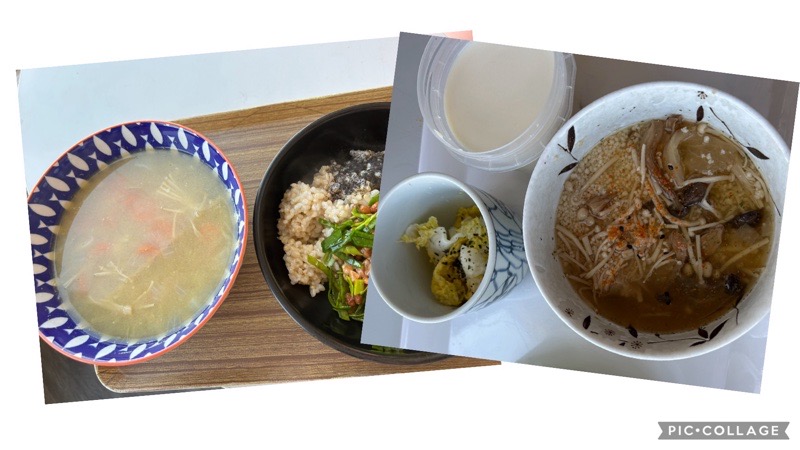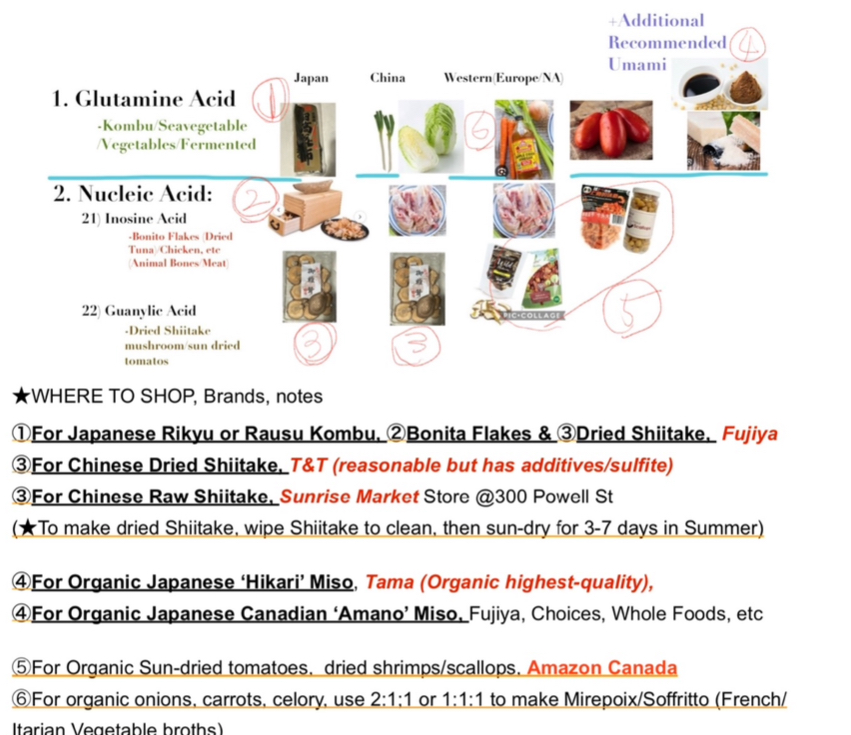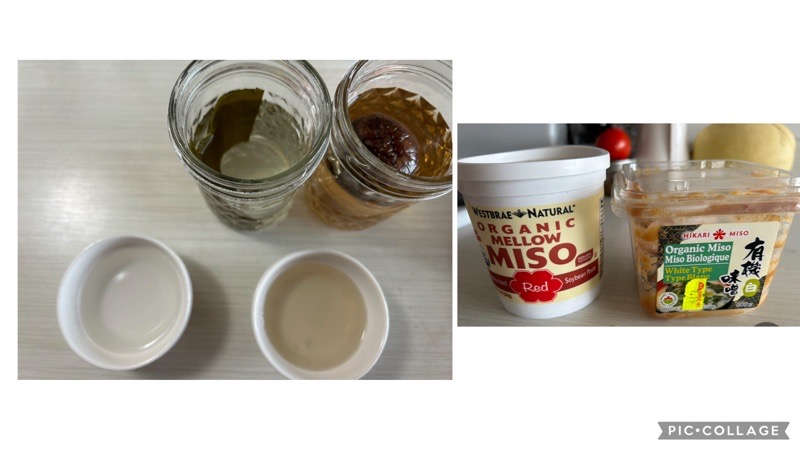Japanese Comfort Food 2: Miso Soup with 'Umami'/'Dashi' Secret
Do you like traditional Japanese food that is delicious with Umami/Dashi and tend to be natural/healthy as 90% plant-based?

Chef Sakura is originally from Japan, and now is living in Vancouver as Japanese Canadian. She loves global naturalfood including Japanese, so has tried to integrated Japanese(Asian) and Western food to be globalized food appealing to many global citizens.
Chef Sakura is a “Plantian” (Plant-loving flexitarian) who loves plants/vegetables, but not strict vegan/vegetarian. Therefore, when she teaches cooking, she offers Vegan. Vegetarian and Meat-lover versions for everybody.
This is a seminar summary of her
2)Japanese comfort food 2 seminar-Miso soup with Umami/Dashi’ that was held at the Hastings Community Centre on Oct. 2023. She had done
1)J-Comfort food seminar 1- ‘Japanese Sushi’ in 2023 Spring for vegan, vegetarian and fish-eater versions. Also, she will do 3)J-Comfort food seminar 3 of Japanese Plant-based Protein beyond simple Tofu. (Jan 2024).
This was $5 paid seminar sponsored by the Community Centre and the City of Vancouver. You could apply for it via Community centre program site, but it is for only 7-8 people, and tends to filled within the day to open the registration, having more than 10 people on the waiting list. If you are seriously interested in attending it, please sign up for the Hastings Community Center subscription letter, then apply for it on the registration starting day.
Since some people got the spot but no show, and too many waiting people, her next seminar is expected to be priced for $10 which is still lower than the similar seminars. As of 2023, such Cooking/Food seminars are priced from $10-$100 in community centres and $70-200 by private schools/chefs who live on the seminars without public supports.
Let’s start:
Miso Soup with 'Umami'/'Dashi' Secret
When chef Sakura has tried ‘Miso soups’ in Vancouver, she has felt that most miso soups lack in natural Umami, deep and long-lasting taste. This is probably because creating Umami needs expensive Japanese Kombu, dried shiitake mushroom and bonito (fermented dried tuna) flakes, which cannot be affordable for commercial restaurants.
Therefore, she feels cheap MSG, the chemically-processed Umami (the chemical additive that is not existing in the nature) have been used in most Miso soups. She cannot use MSG because of her chemical tolerance, and because in Japan, MSG was in boom in 1970s-80s, but now health-conscious mom/granma/people gave up to use it because their bodies/tongues started to feel it not right. (I will plan to write the MSG article separately).
As one of the health-conscious Japanese, chef Sakura has went back to the traditional Umami/Dashi, and found the ways to localize/canadanilze ways to use Umami/Dashi for cooking not only Miso soups but also all home dishes deeper and more delicious tastes.
1, What are 'Umami'(taste) & 'Dashi' (Broth)?
Umami is one of the five Basic Tastes;
1) Salty
2)Sweet,
————-
3)Sour (lemon/vinegar)
4)Bitter (coffee, beer)
5)Umami (originally from Kombu (Kelp), then Bonito flakes, dried Shiitake mushroom to make taste DEEP.
X) Spices are not the basic taste but stimulus to make taste WIDE.
Umami taste is extracted to water (cold, warm, hot), resulting in making 'Dashi Benefits of Umami/Dashi - 1)extract/deepen tastes and 2) health benefits to reduce salt/sugar
2, The food list of Umami/Dashi (that are easily available in Vancouver, Canada)

On the left side of the table, there are traditionaly-used 3 kinds of Umami in Japan, China and Western (Europe/North America).
If we use 1Glutamine acid (Kombu(sea vegetables)/vegetables/fermented foods) and 2 Nucleic Acid (Animal meat/bones OR Dried Shiitake mushroom) together, the ‘Umami Synergy’ would work to make the Umami taste stronger like 8-10 times more.
On the right side of the table, these are additional Umami recommended by Chef Sakura. Roman tomatos (for cooking, canned ones are also fine), Japanese high-quality natural miso and soy sauce, Parmesan cheese, dried shrimps/scallops for Chinese food lovers.
If you are vegan/vegetarian, just stock Japanese Kombu, dried Shiitake mushroom in both cut and powder forms. Put the cut ones in the water at fridge for 6-12 hours to extract the Umami to the water as Dashi. Make the powder forms with blender/mixier, and keep them at fridge, too. You could use the powder as ‘Natural’ MSG. (No eating as raw, but just cook in soon-before boiling water or cook with the other food)

The easiest way to make natural and real miso soup out of Japan is,
1)Use the water-extracted Umami/Dashi, or
2)Boil the soup ingredients, then add the powders to simmer 2-3 min together.
3, Conclusions & Daily Actions for cooking:
In order to make your soup/dish more deep-tasted,
1)feel and recognize 3 kinds of Umami tastes.
2) memorize and stock the key Umami foods such as
Japanese Kombu, Japanese Bonito flakes, and Japanese or Chinese Dried Shiitake in whole or powder forms.
3) Use the 'REAL and authentic' Umami from the natural foods. Try to avoid or replace MSG, Yeast extract, Ajii-no-moto, Dashi-no-moto, that were artificial Umami powders and chemically-processed GMO products. These are not existing in the nature.
Lastly, sorry that it might be difficult in understanding in this article. That is why attending face-to-face seminar makes sense to ‘tasting’ and learning in details from chefs/instructors directly. Hope we could meet you in the near future at the garden or kitchen!

